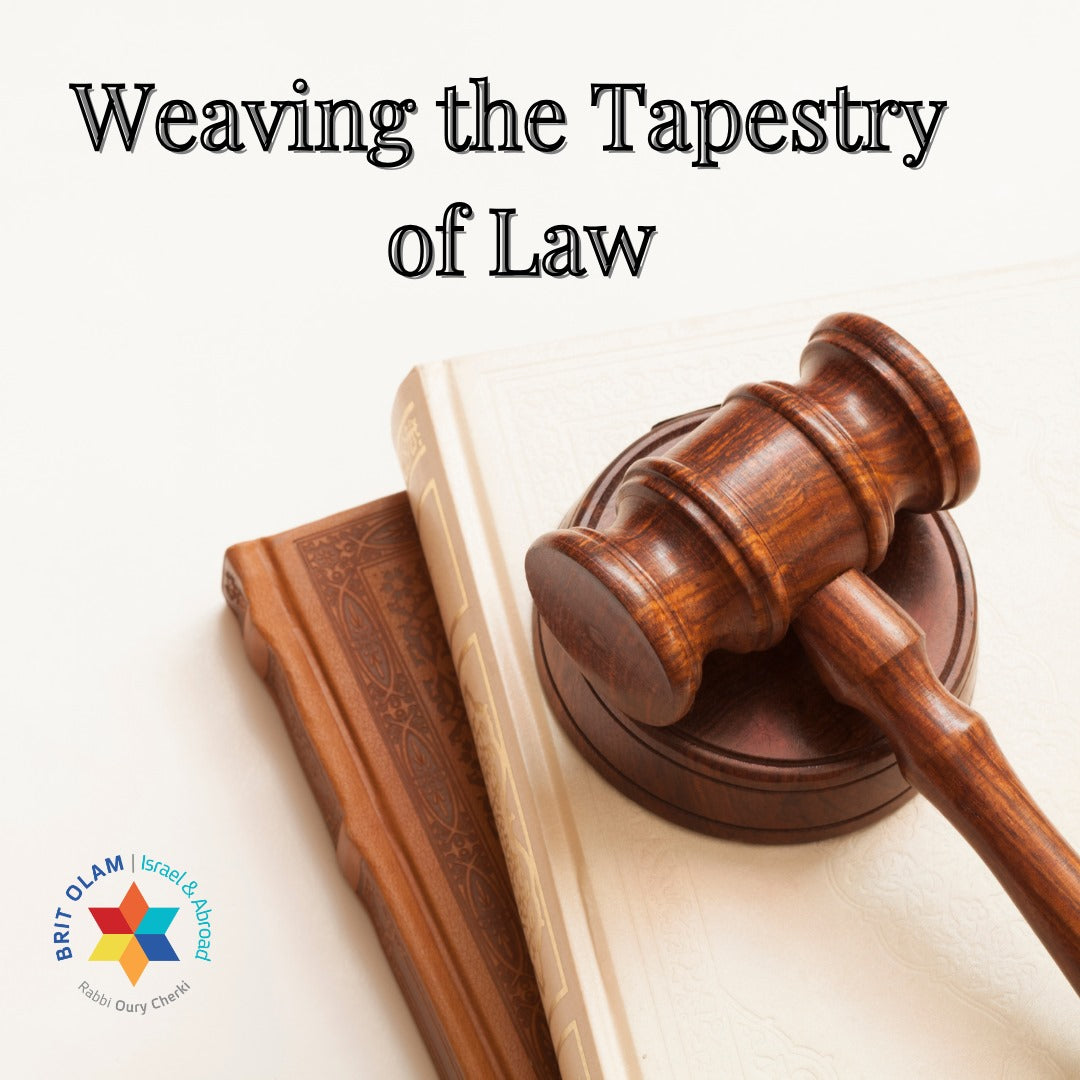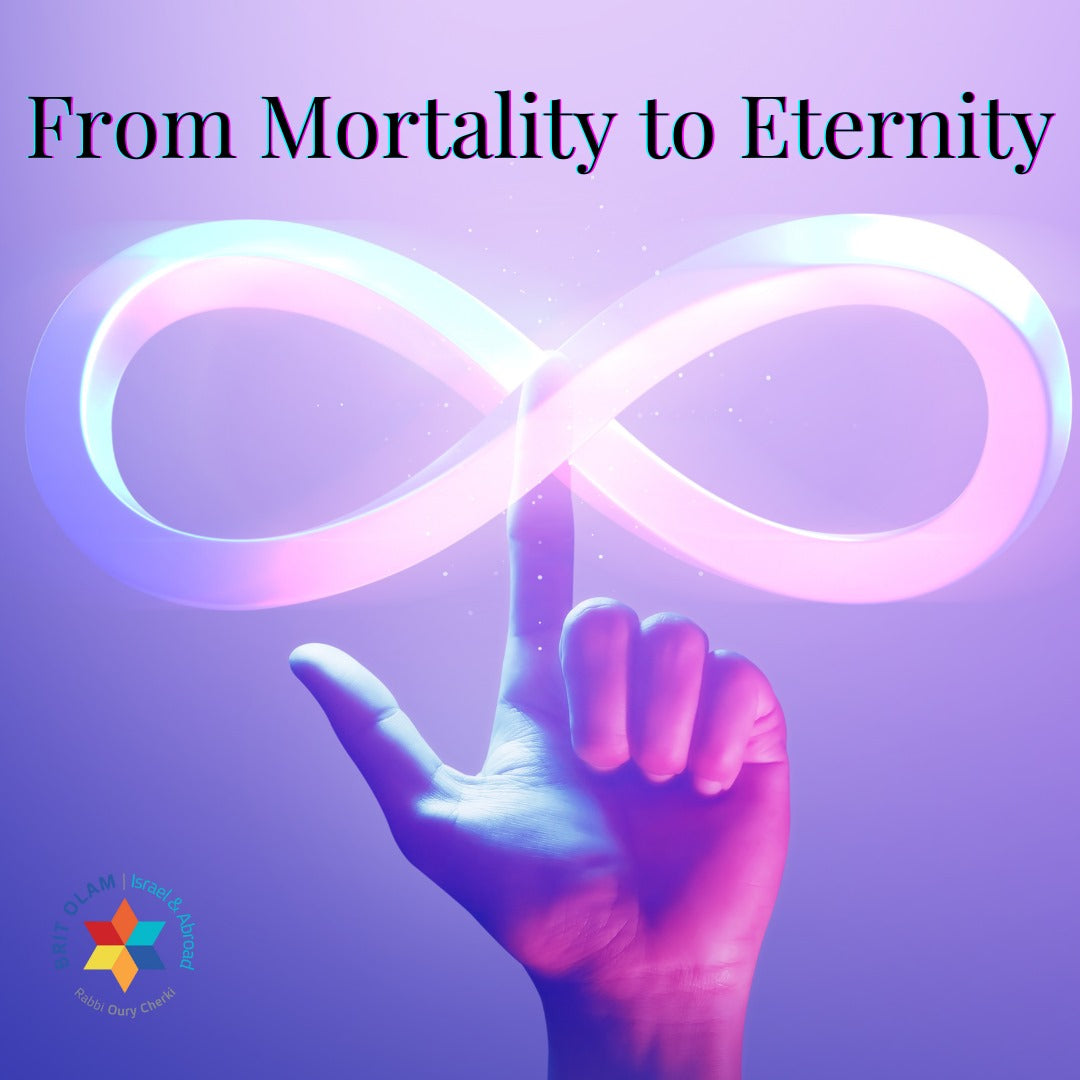The Essential Connection Between the Commandments of the Tabernacle and the Commandments of Sabbath Observance
When Moses announced the task of building the Tabernacle at the beginning of Parashat "Vayakhel," the Torah devoted several verses to the commandments of the Sabbath.
Mentioning the commandments of the Sabbath seems puzzling since the entire portion discusses how to build the Tabernacle. Why, then, is Sabbath mentioned at the opening of the Parasha? There is an essential connection between the commandments of the Sabbath and those of the sanctuary. Our sages taught us that the text intends to say that the sanctuary's construction should not occur on the Sabbath.
Therefore, the prohibition of building the Tabernacle on the Sabbath, namely, the prohibition of performing the Tabernacle's tasks on the Sabbath, teaches us that the functions of the Tabernacle are the prohibited labor of the Sabbath! All thirty-nine laborers required to build the Tabernacle are the same laborers forbidden on the Sabbath.
The revelation of holiness in time is through Sabbath observance, and the revelation of holiness in place is in the Temple.
The Sabbath is the 'sanctuary' in time. On the Sabbath day itself, there is no need to build 'another' sanctuary. How is the sanctuary expressed on the Sabbath? It is through the 'holiness of time,' through the Sabbath meal, the prayers of the Sabbath, and the rest of the Sabbath. Once a week, on Sabbath day, we are in a perfect world.
In parallel, the sanctuary (which Moses was commanded to build in the portion) transfers the holiness of the Sabbath to place and space. There are two ways of revealing the perfect world in the human world, either in time or place.
How did we specifically reach the number of thirty-nine laborers?
It's pretty simple. In one of the ancient books of Torah secrets, "Sefer Yetzirah" , we learned that the world was created with twenty-two letters (of the Hebrew alphabet) and ten numbers (from one to ten). It follows that the structure of the world is built on those thirty-two paths and routes composed of twenty-two letters, expressing the world of quality, plus ten numbers expressing the world of quantity. So far, we've explained against thirty-nine labors (22+10). But wait, how did seven more come about? It is necessary to know that seven letters behave doubly in their pronunciation. Once, they can be pronounced softly, but when those seven letters are given an inner emphasis, they change their pronunciation, strengthening their expression. For example, in the letter 'Peh' [corresponding to the English letter 'F'], when an emphasis is added [STRENGTHENING THE LETTER From 'F' to 'P'], it is pronounced strongly [parallel to the letter. There are seven such letters in the Hebrew language! And when we add to those thirty-two letters mentioned at the beginning another seven emphasized letters, it turns out to be thirty-nine [32+7=39], corresponding to the thirty-nine labors done in the Tabernacle to erect and build it.
It is possible to delve into the details of the Sabbath labors and see which letter or number they correspond to. We will not do this in the framework of these brief remarks on the portion; we will leave it to the curiosity of those interested.
How should every Noahide behave on Sabbath? Is it permissible for a Noahide to observe the Sabbath in full? Is it appropriate for him to observe the Sabbath like the people of Israel? You can find this and more in the book 'Brit Shalom - Daily Laws for Noahides'
Blessings from Jerusalem



